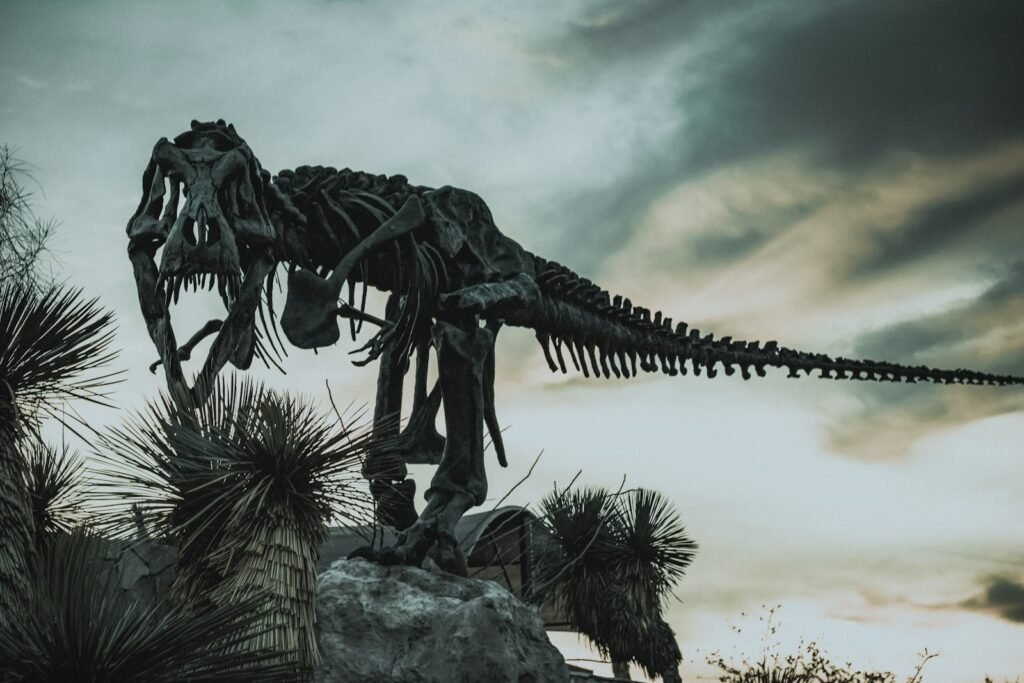Dinosaurs have long captivated our imaginations, filling the pages of countless books and the frames of numerous movies. These majestic creatures once roamed the Earth, leaving behind a legacy that continues to intrigue scientists and enthusiasts alike. In this article, we’ll journey through time, exploring ten key species that dominated each era from the Triassic to the Cretaceous. It’s a prehistoric adventure you won’t want to miss!
The Dawn of Dinosaurs: The Triassic Period
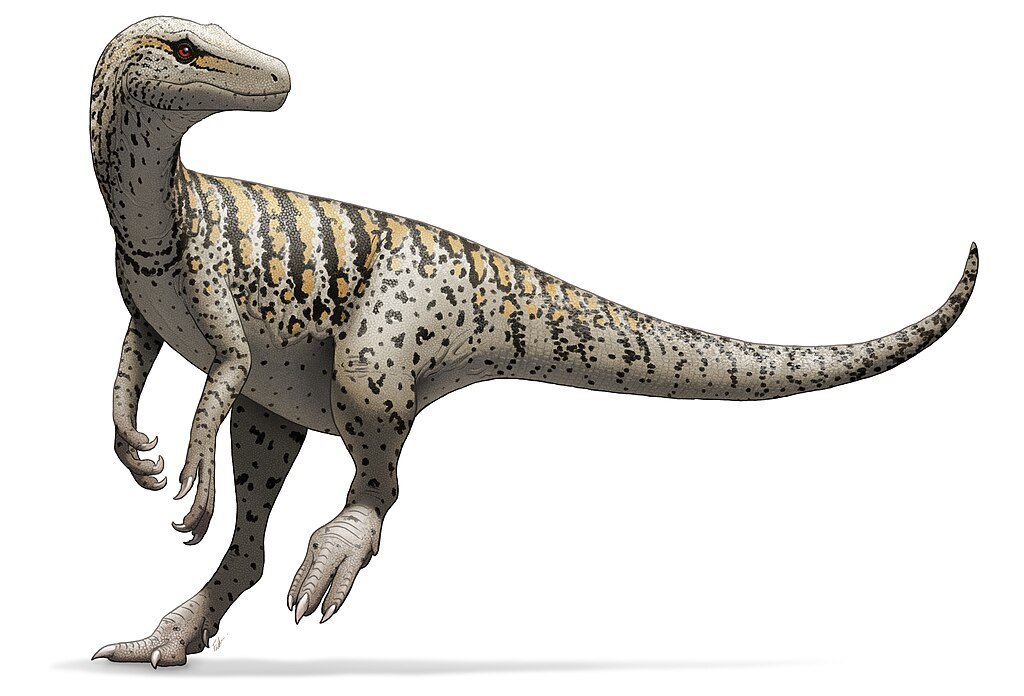
The Triassic Period, beginning around 250 million years ago, marked the dawn of the dinosaurs. During this era, the Earth was recovering from the most severe extinction event in history—the Permian–Triassic Extinction, which wiped out two-thirds of life on Earth—paving the way for new life forms to emerge. Among them was the Herrerasaurus, one of the earliest known true dinosaurs. This bipedal predator, resembling a small raptor, was agile and swift, utilizing its sharp teeth and claws to hunt smaller prey. Herrerasaurus exemplifies the rapid evolution that occurred during the Triassic, setting the stage for the dominance of dinosaurs in the following epochs.
The Triassic Aviator: Eudimorphodon

Eudimorphodon, one of the earliest known pterosaurs, soared through the skies of the Late Triassic period, approximately 215 million years ago. Discovered in Italy in 1973, this small yet remarkable flying reptile had a wingspan of about 1 meter and displayed a unique dentition that set it apart from later pterosaurs. Its teeth, varying in shape and size, suggest an opportunistic diet that likely included fish and insects, making it one of the earliest known vertebrates to develop such specialized feeding adaptations. Unlike its later relatives, Eudimorphodon had a long tail and a relatively robust body structure, indicating it may have been an agile flyer, well-adapted to hunting over prehistoric coastlines.
The Rise of the Giants: The Jurassic Period
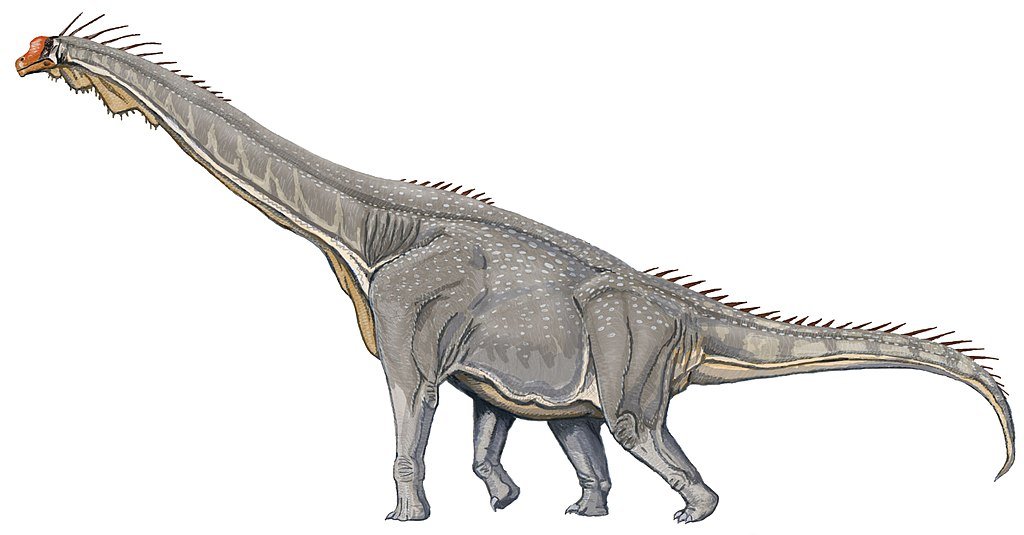
As we transition into the Jurassic Period, around 200 million years ago, dinosaurs began to grow in size and diversity. One of the iconic giants of this time was the Brachiosaurus. Towering above the landscape, this massive herbivore was distinguished by its long neck and massive body, allowing it to reach the tallest trees for food. Brachiosaurus symbolizes the era’s shift towards gigantism, as plants and animals adapted to the changing climate and geography. The Jurassic was a time of flourishing life, with the Earth teeming with new species that would shape its future.
The Apex Predator: Allosaurus
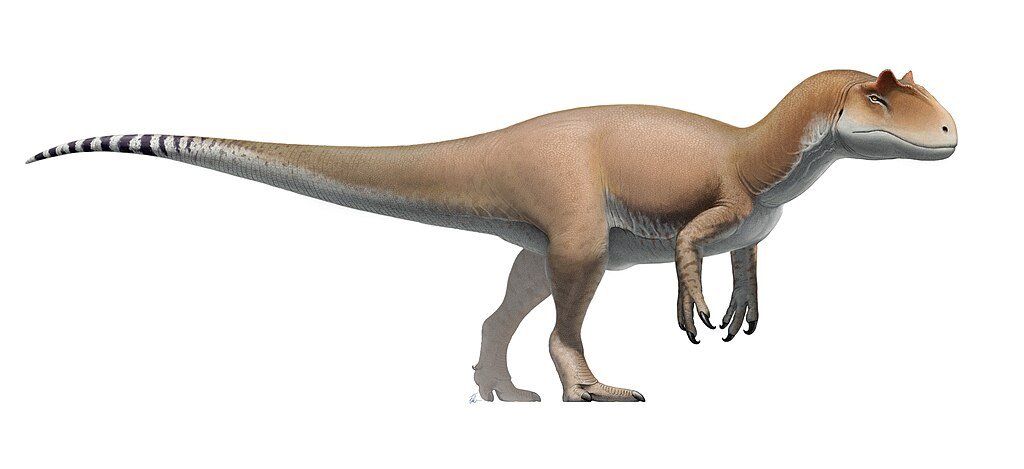
Within the Jurassic Period, the Allosaurus emerged as a formidable predator. Known for its powerful jaws and sharp claws, this carnivorous dinosaur was among the top hunters of its time. Allosaurus was a master of its domain, preying on large herbivores and competing with other predators for dominance. Its success was due in part to its keen senses and strategic hunting techniques, which allowed it to thrive in a competitive environment. The Allosaurus exemplifies the fierce battles for survival that characterized the Jurassic ecosystem, as species vied for supremacy.
The Armored Titan: Stegosaurus

Not all Jurassic dinosaurs were predators; some, like the Stegosaurus, were armored titans designed for defense. With its distinctive plates along its back and spiked tail, the Stegosaurus was well-equipped to deter predators. This herbivore was a gentle giant, grazing on low-lying vegetation while using its formidable tail to ward off threats. The Stegosaurus teaches us about the importance of adaptation and the diverse strategies employed by dinosaurs to survive in a world filled with danger. Its unique appearance and defensive capabilities make it a standout species of the Jurassic Period.
The First Birds: Archaeopteryx

The Jurassic Period also witnessed the emergence of the first birds, with Archaeopteryx being a pivotal link between dinosaurs and modern avians. This small, feathered creature possessed both reptilian and avian traits, such as wings and a long, bony tail. Archaeopteryx represents a critical evolutionary transition, highlighting the gradual transformation of dinosaurs into birds. Its discovery has provided invaluable insights into the origins of flight and the complex evolutionary processes that shaped the diversity of life on Earth. The Archaeopteryx is a testament to nature’s ingenuity and the interconnectedness of all living things.
The Reign of the Tyrants: The Cretaceous Period
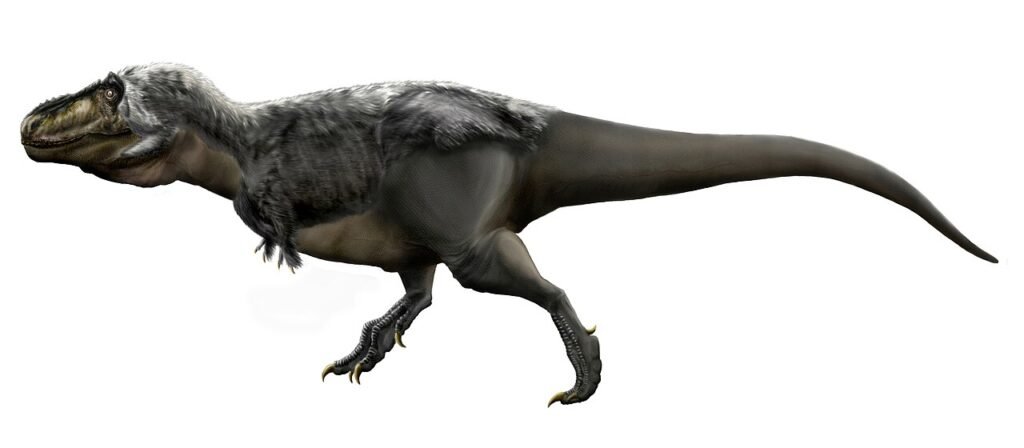
The Cretaceous Period, spanning from 145 to 66 million years ago, was an era of great change and diversification. Among the most famous dinosaurs of this time was the Tyrannosaurus rex. As one of the largest land predators ever to exist, the T. rex was a fearsome hunter with a powerful bite and keen senses. Its presence dominated the landscape, influencing the behavior and evolution of other species. The T. rex embodies the peak of dinosaur evolution, showcasing the incredible adaptations that allowed these creatures to thrive in a dynamic world. Its legacy continues to captivate our imaginations, reminding us of the awe-inspiring power of nature.
The Gentle Giants: Triceratops
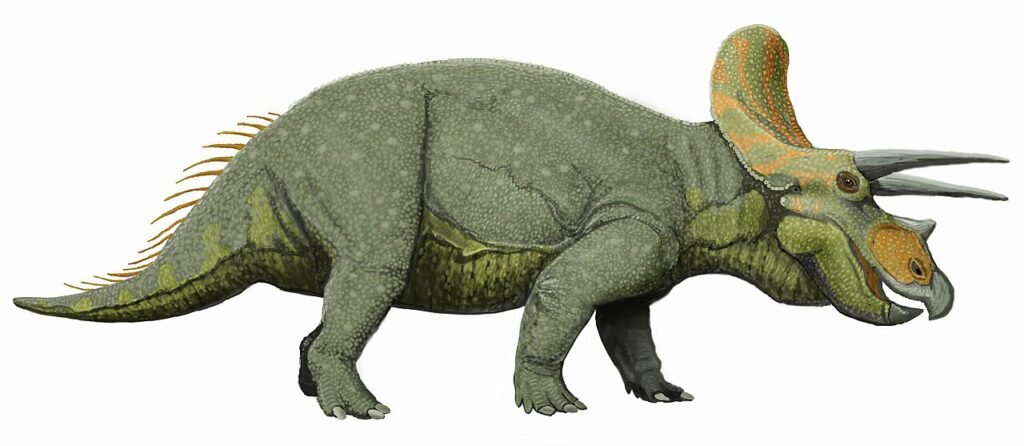
While the T. rex ruled as a predator, the Triceratops stood as a gentle giant of the Cretaceous. With its distinctive frill and three horns, this herbivore was a formidable presence in its own right. Triceratops were social creatures, often found in groups, using their horns for defense against predators. Their fossils provide valuable insights into the social structures and behaviors of herbivorous dinosaurs. The Triceratops exemplifies the diversity and complexity of Cretaceous ecosystems, where cooperation and adaptation were key to survival.
The Last of the Sauropods: Argentinosaurus
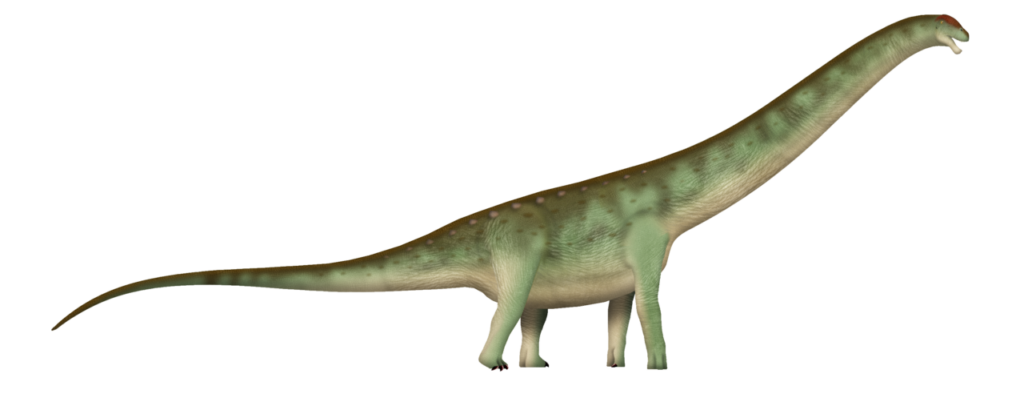
The Cretaceous Period also saw the rise of some of the largest dinosaurs to ever walk the Earth, such as the Argentinosaurus. This colossal sauropod, weighing over 100 tons, roamed the plains of South America in search of food. Its massive size and long neck allowed it to access vegetation that other herbivores could not reach. The Argentinosaurus represents the culmination of sauropod evolution, demonstrating the incredible adaptability and resilience of these gentle giants. Its existence challenges our understanding of the limits of life on Earth, pushing the boundaries of what is possible.
The Feathered Predators: Velociraptor
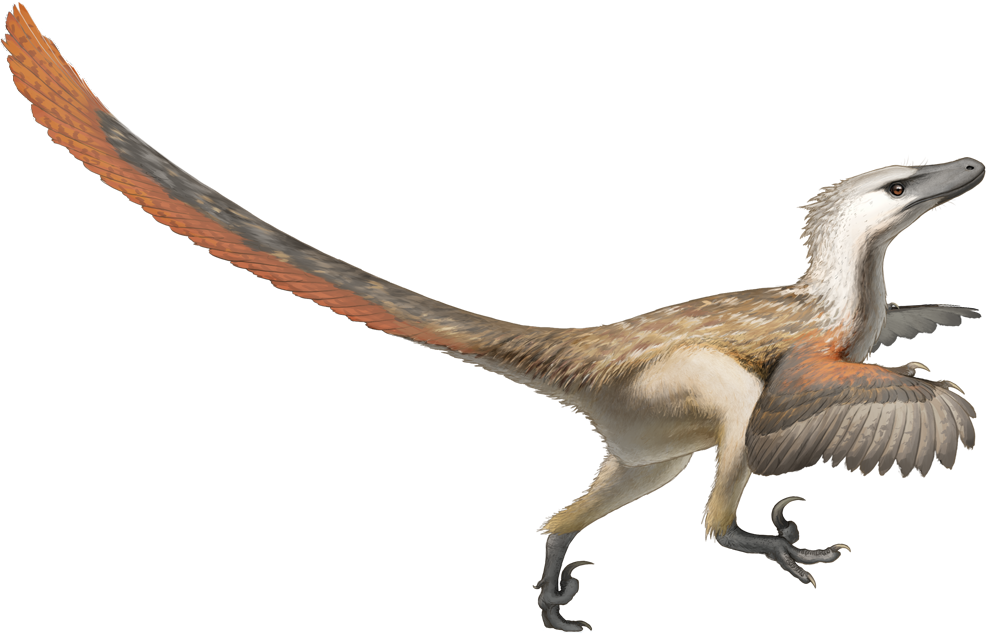
The Velociraptor, a small but fierce predator, also left its mark on the Cretaceous Period. Known for its intelligence and agility, this feathered dinosaur was a skilled hunter, often working in packs to take down larger prey. The Velociraptor’s legacy has been immortalized in popular culture, capturing our imagination with its cunning and speed. Its existence highlights the diverse range of predatory strategies employed by dinosaurs, showcasing the adaptability and resourcefulness that allowed them to thrive for millions of years.
The End of an Era: The Cretaceous-Paleogene Extinction
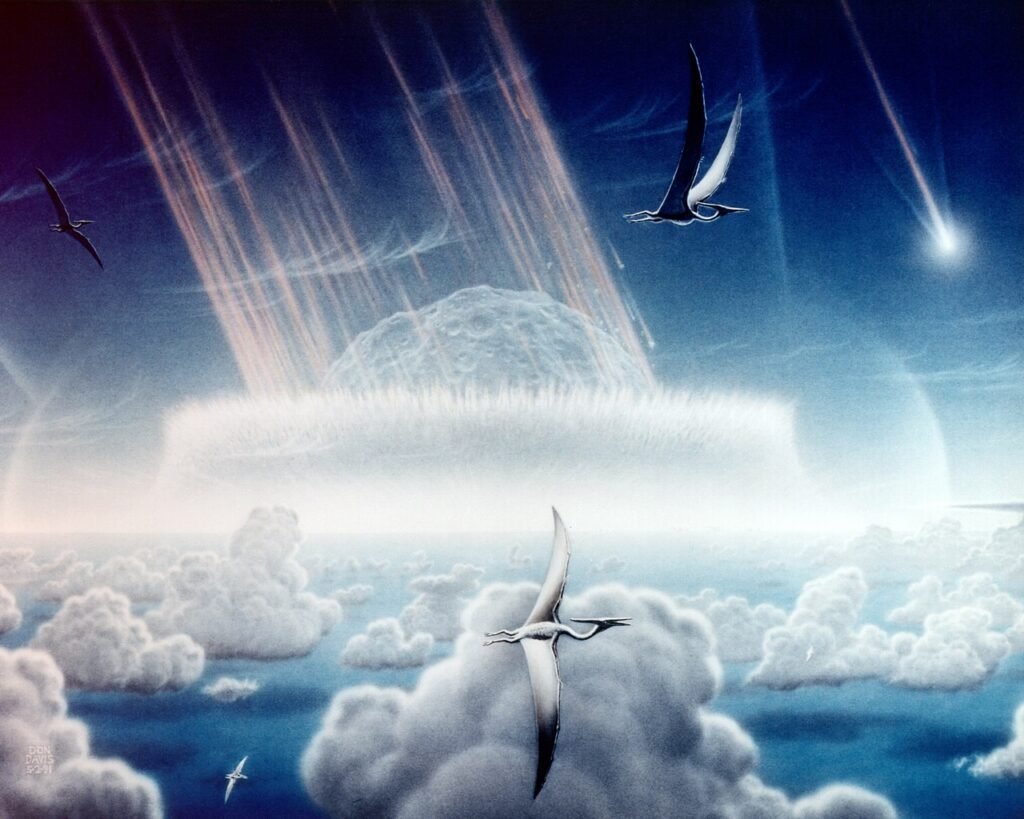
The Cretaceous-Paleogene (K-Pg) extinction event marked the end of the age of dinosaurs, wiping out nearly 75% of Earth’s species. This catastrophic event, likely caused by a massive asteroid impact, brought an abrupt end to the dinosaurs’ reign. However, it also paved the way for the rise of mammals and the eventual emergence of humans. The extinction of the dinosaurs serves as a poignant reminder of the fragility of life and the ever-changing nature of our planet. Their legacy lives on, inspiring awe and wonder as we continue to uncover the mysteries of the past.

Jan loves Wildlife and Animals and is one of the founders of Animals Around The Globe. He holds an MSc in Finance & Economics and is a passionate PADI Open Water Diver. His favorite animals are Mountain Gorillas, Tigers, and Great White Sharks. He lived in South Africa, Germany, the USA, Ireland, Italy, China, and Australia. Before AATG, Jan worked for Google, Axel Springer, BMW and others.

